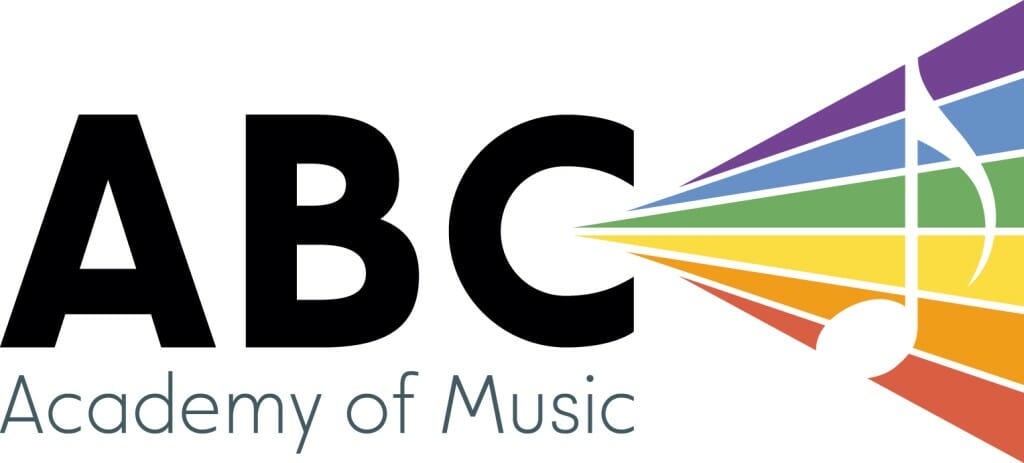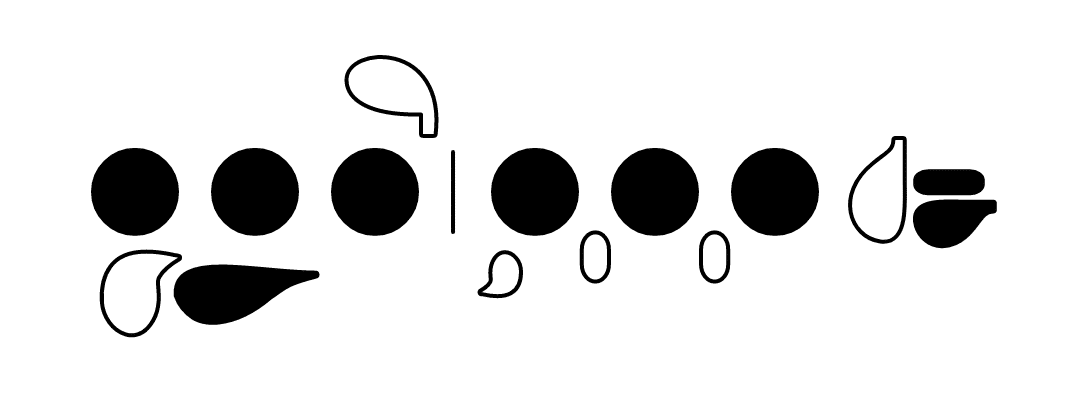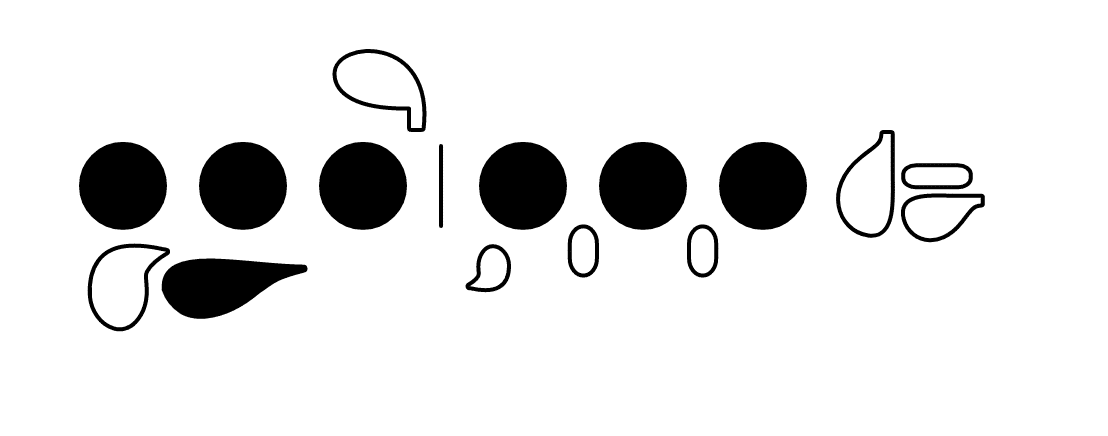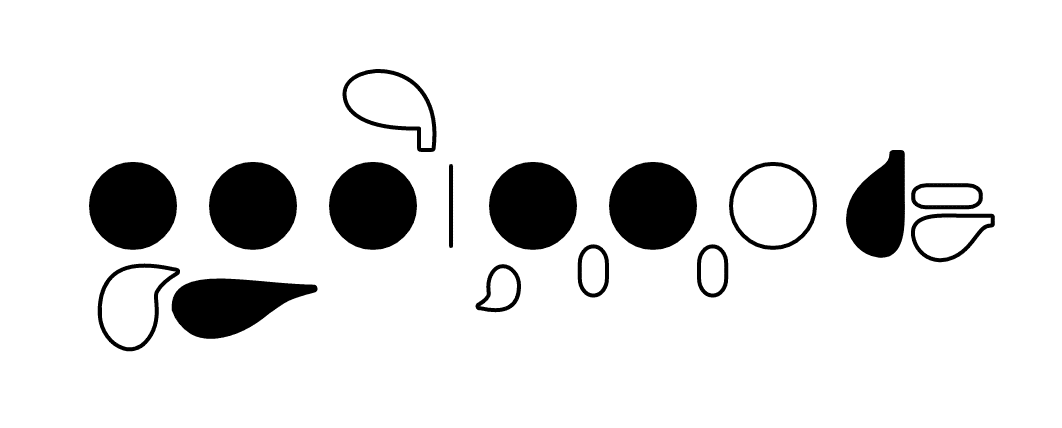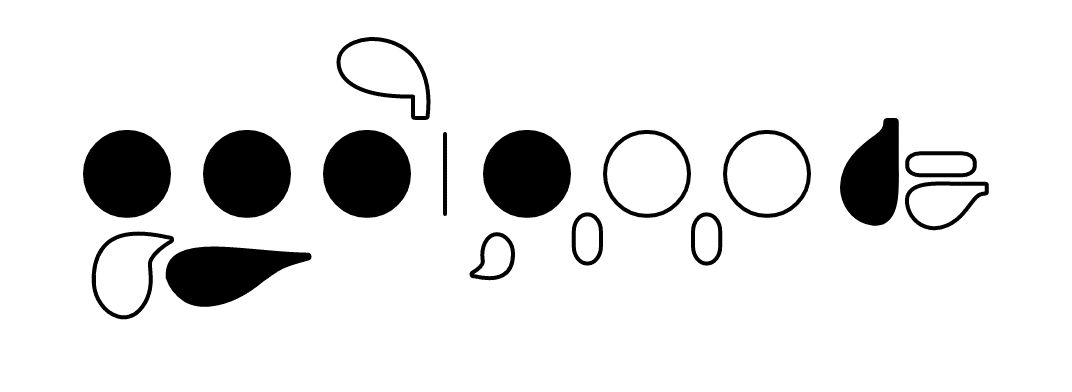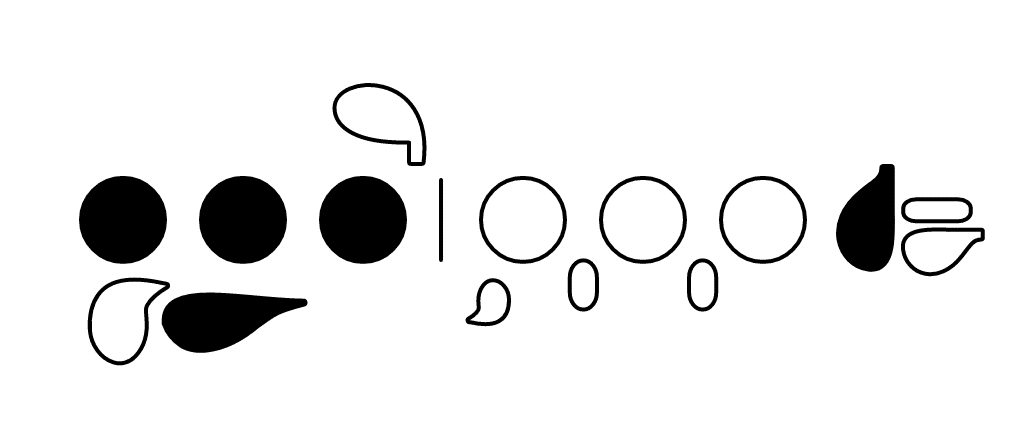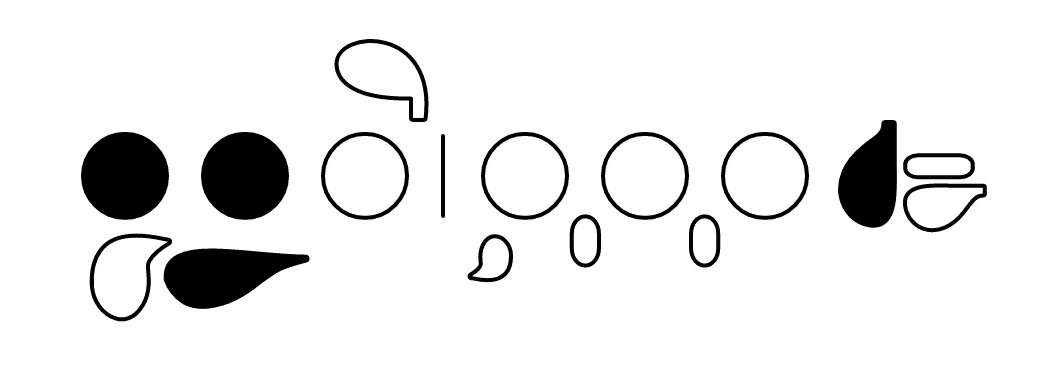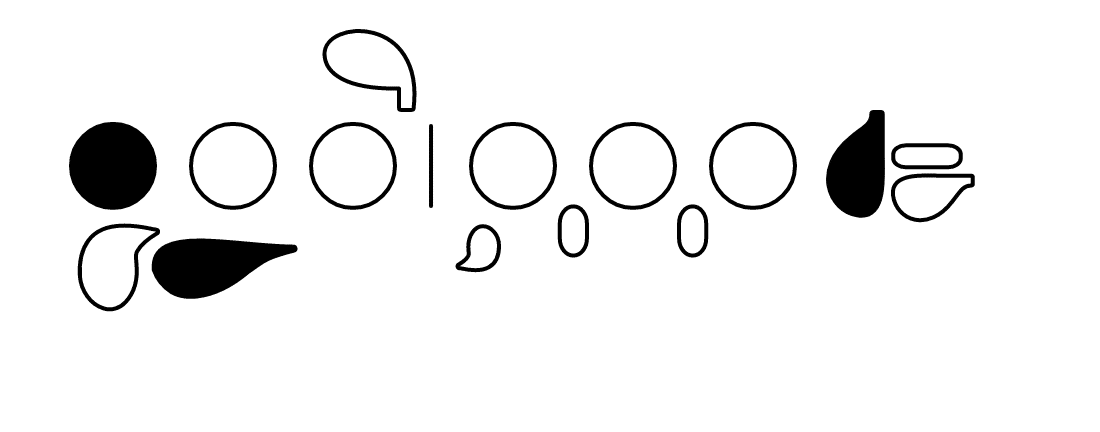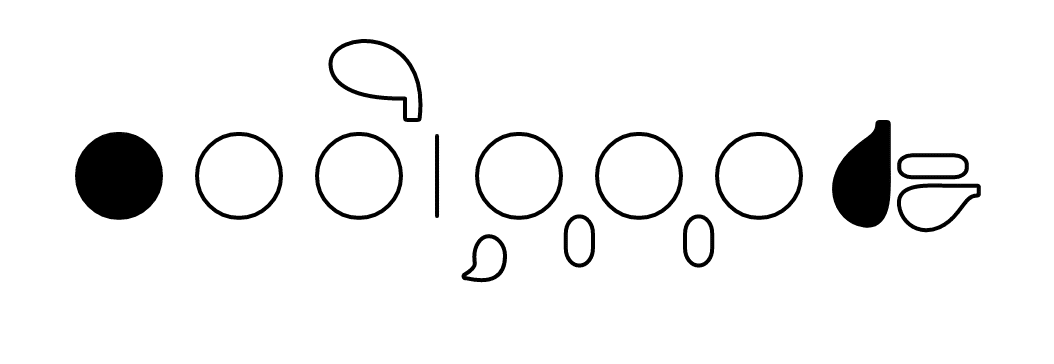Erin
Very nice to meet you, and excited that your colourful flute works so well! We will work on some reading and theory next lesson. Try to purchase a beginner book with a fingering chart as well as some beginner level pop music you would like to work on. A combination metronome tuner would also be very helpful.
Some beginner books I recommend for technique/theory are:
- Trevor Wye – Practice Book for the Flute – Omnibus Edition Books 1-6 Paperback
- Trevor Wye – Complete Daily Exercises for the Flute
- Fingering chart can be found here if you want to skip buying one: https://www.wfg.woodwind.org/flute/
- make sure to pick up some beginner pop music books though, or all we will do is technique, tone and theory!
Warm up
- When you take out your flute to play, you can warm up by playing the harmonics on a lower note, low D or C work well.
- when you go up you will want to increase your air speed, and also think of making the opening taller and narrower(skinnier), this will force the air out in a very concentrated beam
- Aim the air up higher for each jump up
- Experiment changing the shape of the inside of your mouth by thinking of saying different vowels i.e. O E A to see what effect you get
Scales & Notes
We worked on C major from low C4 to C5. See the notation and names below. I’ve included numbers after them so that you’ll have an easier time finding your fingerings on the online fingering charts. They start on the low side of the piano at A0 and every time you hit C you increment by one. This helps us figure out which C we’re asking for if for instance I say “play a C” you might be confused as to whether you should play C4 or C5 or even C6, but if I say play C4 (lowest C for the flute), you’ll know what to play.
Fingerings for C major:
The black filled keys are pressed down, the keys that are white filled are open/lifted
Here are the fingerings:
- C4
- D4
- E4
- F4
- G4
- A4
- B4
- C5
Cooper
Your high range is really coming along nicely! Almost no problems slurring up to the high A’s today.
Warm up:
- Work on legato tonguing on single notes
- Think of lightly saying “tah tah tah” or “dah dah dah”
- Pull the tongue away from the reed quickly after the articulation
- Make sure only the tongue moves – your lips and air should remain as though you are just holding a long note.
Scales:
C Major
- Play the middle octave up to high C first, slowly so you have time to think about notes
- Crescendo to the top!
- Play the lower octave by itself up and down
- Join the lower and upper octaves for a 2 octave scale, all slurred
- Try to play all the way up in one breath, then all the way down in one breath for the 2 octaves
Pieces:
Barret No. 1
- Work on the second half slowly for notes
- practice the turn slowly then faster, adding the A afterwards once you have it comfortably under your fingers
- Keep your air moving faaaaaast especially on the upper notes
